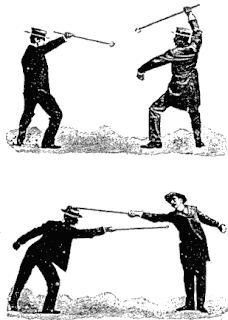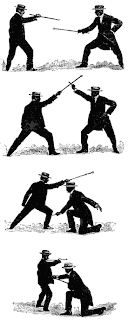Total Knee Replacement
You see a lot of information on the internet about gender specific knee transplants. That is to say, artificial knees designed for women. This is a relatively new innovation. The question to ask is, “What’s the difference, and is it right for me?”
These “women specific” knee implants are slightly narrower in front, conforming more anatomically to women’s narrower knee cap. It has a “different angle” then men’s knee implants and this is supposed to help knee cap tracking, and it comes in a broader range of small sizes.
On the face of it, these sound like mostly aesthetic differences. I have no problem with aesthetic differences, but I have read that implant companies are charging a lot more for these implants, for what adds up to little functional improvement.
I’m no doctor, and can’t pretend to have the last word on any of this. You should mention gender specific designs in your initial consultation with your orthoepedic surgeon. You should understand that doctors may have relationships with particular companies. You may have read my earlier post about surgeons receiving “consultation” fees if they signed exclusive agreements with an individual supplier. So don’t be afraid to ask hard questions.
If you think a female knee implant is something you would like to explore, just be aware that there have been no long term studies completed as yet. There is currently no evidence that female knee implants yield better outcomes. That is, there is no evidence you will see improved knee function, improved range of motion, or reduced pain levels. Everyone that has a knee replacement already has careful measurements taken and are fitted with a personalized implant.
Having said that, I encourage you to surf the web to see all the offerings from the different knee implant manufacturers. I won’t list them here, since they can change. Go to Google and try a search on “knee implant”. Or take a look at some of the Google Ads on the side of this website. And go more than one page deep.
Remember that many of the news articles you find may be nothing more than a slight rewording of a companies press release. Don’t expect negative comments or reviews. If you see some, it might well be the result of some company’s biased study. You are going to have to be a bit of a detective here. It may be worth the effort. Afterall, it's your knees we are talking about here. They are worth a little extra effort.
Saturday, December 15, 2007
Total Knee Replacement - Special for Women
Wednesday, December 5, 2007
Total Knee Replacement - Using Your Cane
Total Knee Replacement
Well, I’ve been using the cane for a while, as I continue to recover from my knee replacement, and it is not quite as straightforward as you might think. There are a few tricks to this particular game so I thought I would put them down here, and maybe you can get off to a running start.
The whole point of a cane is to assist in balance. It does this by widening your base of support. It has the added advantage of taking some of the weight off of your injured leg.
There are several types of canes, with functional differences.
The most common is the hooked or crook cane. These are the wooden ones with the bent handle. Common, inexpensive and with the warm look of wood, it has the added convenience of being easy to hang over the crook of your arm when you need both hands and are standing.
There is the center balance cane, usually made of metal. It has a larger, flatter handle with a horizontal grip. These canes are almost always adjustable for height, something you don’t find in a wooden cane.
Brass handled canes, with a decorative knob at the top is for lighter duty.
The Quad cane has four feet at the bottom which provide stable support and heavy duty weight bearing.
Sizing the cane is important. With the cane beside you, and your hand on the grip,. Your arm should be bent at about a 15 – 20 degree angle. This way, you can reach out ahead of yourself with a straight arm and make contact with the ground without leaning forward.
How are you going to use a cane? Let me explain.
You need to hold the cane on the side opposite the injured limb. That is, if you have a bad left knee, like I do, you need to hold the cane in your right hand.
Move the cane forward, using mostly your wrist, at the same time as you step off with your injured limb. Your foot and the cane meet the ground at the same time. You are moving forward and you step right past the cane with your good leg. As you move forward, the cane provides some support, taking part of the load off the injured limb. Keep your cane side elbow in and the arm slightly flexed. It won’t take many tries before you can establish a smooth movement.
The beauty of the cane is it allows your injured pin to get some exercise, without stressing it too badly. Your arms and shoulder should be in good enough shape to handle a cane, if you’ve been using your walker much. The load on your arm should be much less because your bad leg is doing some weight bearing now.
Here’s some illustrations which should make it quite clear. Using a Cane
And for those of you looking for additional uses for your cane, try : http://www.canemasters.com
Or maybe even Journal of Non-lethal Combatives
Cane Crazy

